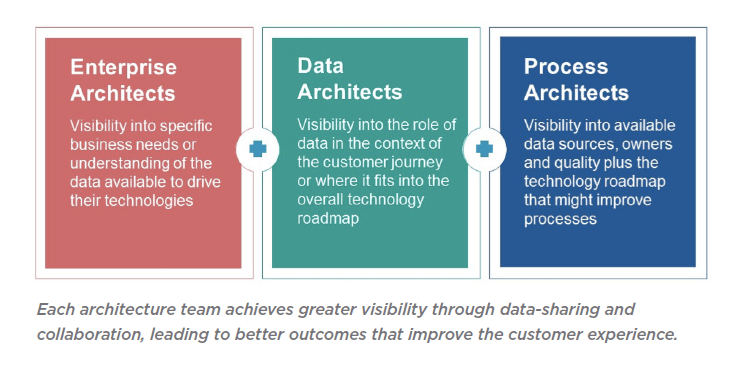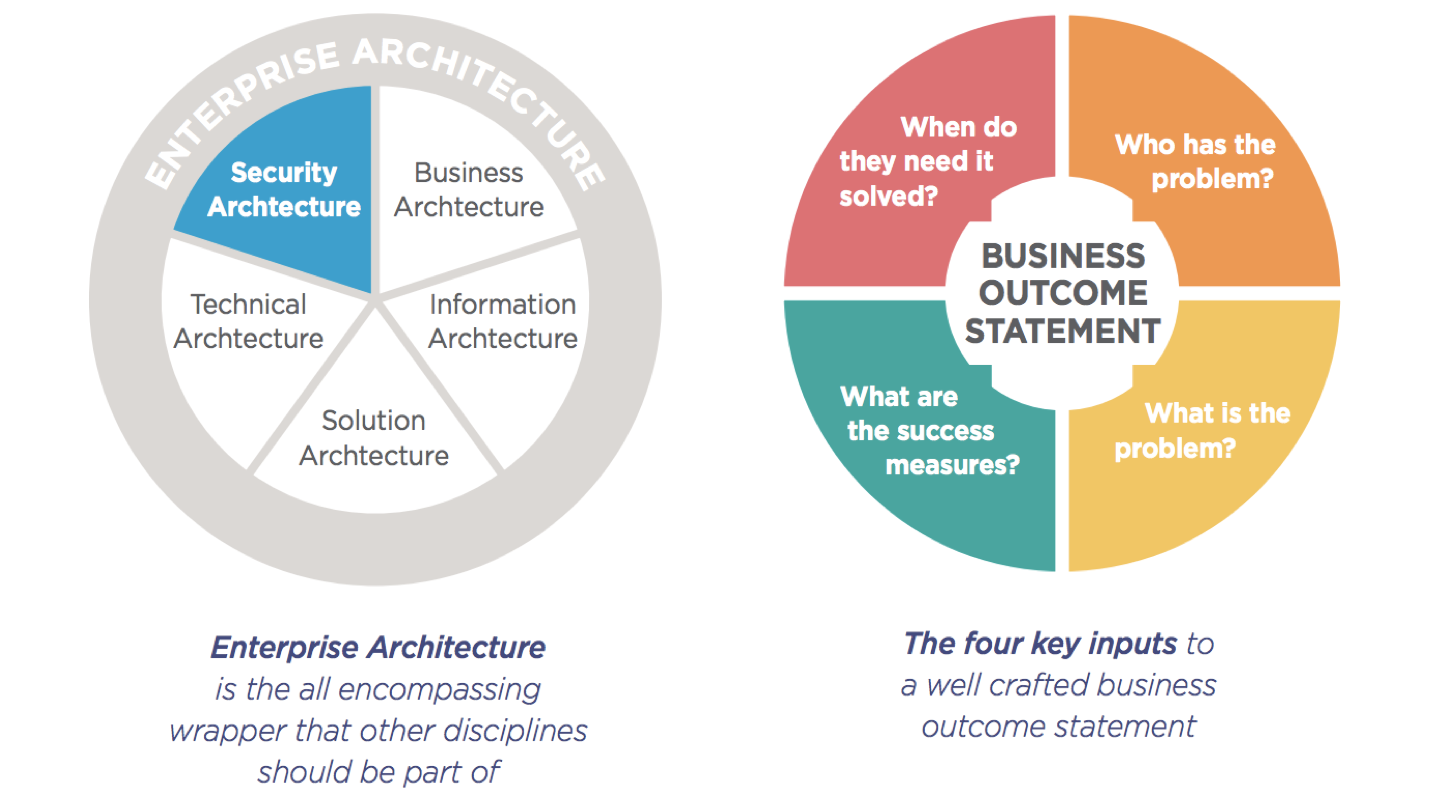For enterprise architecture, success is often contingent on having clearly defined business goals. This is especially true in modern enterprise architecture, where value-adding initiatives are favoured over strictly “foundational,” “keeping the lights on,” type duties.
But what does enterprise architecture success look like?
Enterprise architecture is central to managing change and addressing key issues facing organizations. Today, enterprises are trying to grow and innovate – while cutting costs and managing compliance – in the midst of a global pandemic.
Executives are beginning to turn more to enterprise architects to help quickly answer questions and do proper planning around a number of key issues. The good news is that this is how enterprise architects stay relevant, and why enterprise architect salaries are so competitive.
Here are some of the issues and questions being raised:
- Growth: How do we define growth strategies (e.g., M&A, new markets, products and businesses)
- Emerging Markets: What opportunities align to our business (e.g., managing risk vs ROI and emerging countries)?
- Technology Disruption: How do we focus on innovation while leveraging existing technology, including artificial intelligence, machine learning, cloud and robotics?
- Customer Engagement: How can we better engage with customers including brand, loyalty, customer acquisition and product strategy?
- Compliance and Legislation: How do we manage uncertainty around legislative change (e.g., data protection, personal and sensitive data, tax issues and sustainability/carbon emissions)?
- Data Overload: How do we find and convert the right data to knowledge (e.g., big data, analytics and insights)?
- Global Operations: How do we make global operations decisions (e.g., operating strategy, global business services and shared services)?
- Cost Reduction: What can we do to reduce costs while not impacting the business (e.g., balance growth goals with cost reduction, forecast resources needs vs. revenue)?
- Talent and Human Capital: How do we retain, empower and manage employees and contractors (e.g., learning and development, acquisition and retention, talent development)
Undeniable Enterprise Architecture Truths & the Secrets to Success
As enterprise architects, we need to overcome certain undeniable truths to better serve our organizations:
- Management does not always rely on EA to make critical decisions: They often hire consultants to come in for six months to make recommendations.
- Today’s enterprises need to be agile to react quickly: Things change fast in our current landscape. Taking months to perform impact analysis and solution design is no longer viable, and data has to be agile.
- Enterprise architecture is about more than IT: EA lives within IT and focuses on IT. As a result it loses its business dimension and support.
What can enterprise architects do to be more successful?
First and foremost, we need to build trust in the information we hold within our repositories. That has been challenging because it takes so long to collect and keep relevant and that means our analyses aren’t always accurate and up to date.
With more governance around the information and processes we use to document that information, we can produce more accurate and robust analyses for a true “as-is” view of the entire organization for better decision-making.
Next, we need to close the information gap between enterprise architecture functions that fail to provide real value to their stakeholders. We also need to reduce the cost of curating and governing information within our repositories.
Taking a business-outcome-driven enterprise architecture approach will enhance the value of enterprise architecture. Effective EA is about smarter decision-making, enabling management to make decisions more quickly because they have access to the right information in the right format at the right time.
Taking a business-outcome approach means enterprise architects should:
- Understand who will benefit the most from enterprise architecture. While many stakeholders sit within the IT organization, business and C-level stakeholders should be able to gain the most.
- Understand your leadership’s objectives and pain points, and then help them express them in clear business-outcomes. This will take time and skill, as many business users simply ask for system changes without clearly stating their actual objectives.
- Review your current EA efforts and tooling. Question whether you are providing or managing data the business does not need, whether you are working too deeply in areas that may not be adding value, or whether you have your vital architecture data spread across too many disconnected tools.
Why erwin for Enterprise Architecture?
erwin has a proven track record supporting enterprise architecture initiatives in large, global enterprises in highly regulated environments, such as critical infrastructure, financial services, healthcare, manufacturing and pharmaceuticals.
Whether documenting systems and technology, designing processes and critical value streams, or managing innovation and change, erwin Evolve will help you turn your EA artifacts into insights for better decisions. And the platform also supports business process modeling and analysis. Click here for a free trial of erwin Evolve.







